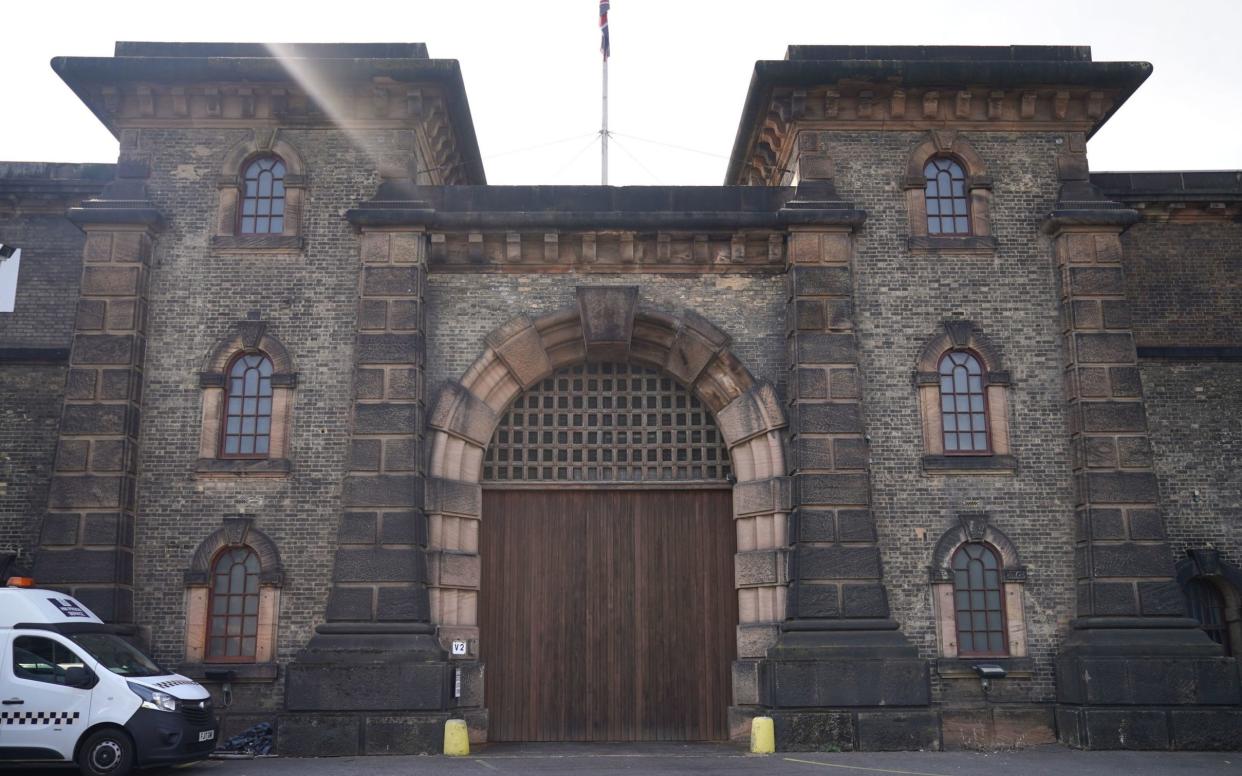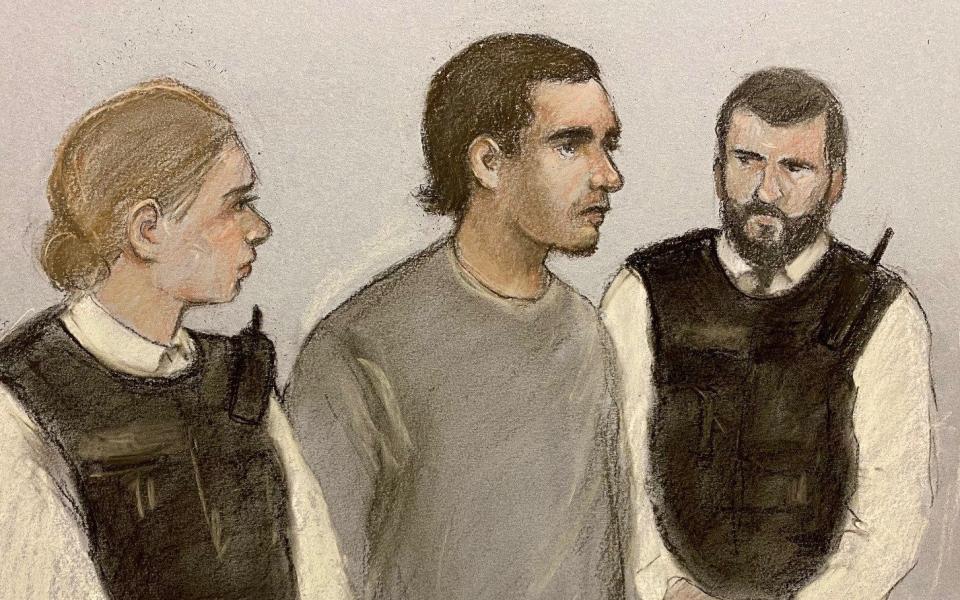Most convicted and suspected terrorists are not held in highest security prisons

Four out of five convicted or suspected terrorists are being held in lower security jails, it has emerged, in the wake of terror suspect Daniel Khalife’s jail escape.
Some 80 per cent of the 232 convicted terrorists, or those on remand awaiting trial, are being held in custody in either category B or C prisons, rather than in high-security category A jails.
The disclosure follows questions over why former soldier Khalife, 21, was held on remand in HMP Wandsworth, a category B jail, rather than at a high-security prison such as Belmarsh, also in south London, despite being charged with spying and terrorism offences.
Justice Secretary Alex Chalk has ordered a review of why Khalife was held in a category B jail, from which he escaped by strapping himself underneath a food delivery lorry after getting a plum job in the prison’s kitchen.
Mr Chalk has also ordered a review of the security categorisation of the 232 people in custody for terrorism offences to establish whether they are being held in appropriate jails.
Some 40 prisoners were transferred out of Wandsworth prison after a security review in the aftermath of Khalife’s escape on Wednesday morning last week. They are thought to have been moved to high-security jails.

Professor Ian Acheson, a former prison governor who reviewed Islamist extremism in jails for the Government, said: “Terrorist-connected prisoners and suspects must be held in conditions of security that match their risk.
“The fact that some are in category B or even C closed prisons would not be of itself concerning if we had a prison system that had the physical and human security to manage that risk. We don’t.”
Home Office figures show that, as of 31 March this year, 232 people were in custody for terrorism-connected offences, of whom two-thirds (64 per cent) were categorised as holding Islamist-extremist views, while more than one-quarter (28 per cent) were associated with extreme right-wing ideologies.
The biggest proportion convicted in the past year - some 41 per cent - were jailed for less than four years, with 24 per cent imprisoned for between four and 10 years.
Security categorisation considers factors such as the type of offence, the threat to the public, their risk of escape and how high-profile their crime was. It means many convicted of offences where they may have downloaded terrorist material rather than plotted an attack are less likely to be placed in category A jails.
Jonathan Hall, the UK’s independent reviewer of terrorism laws, said Khalife should have been held in a high security category A jail because of the risk that, as a suspected spy for Iran, he could have had access to a network of supporters allied to a hostile state.
However, Mr Hall warned against an automatic upgrading of terrorists’ security categorisation as many would be in category B or C prisons as part of their rehabilitation before their release.
“It’s important not to learn the wrong lessons from his escape, and to start placing barriers in the way of terrorist prisoners getting through the system - to do so could hinder rehabilitation, induce terrorist prisoners to adopt more of a ‘them and us’ attitude towards the authorities, and cost more money,” he said.
“In most cases it is in the public interest that terrorist prisoners, like other criminals, can get through the system and get released when it is safe to do so. So I would be worried about a root and branch change to where terrorist prisoners are held based on Khalife’s escape.”
The Ministry of Justice said no terrorist prisoners were held in open jails.

